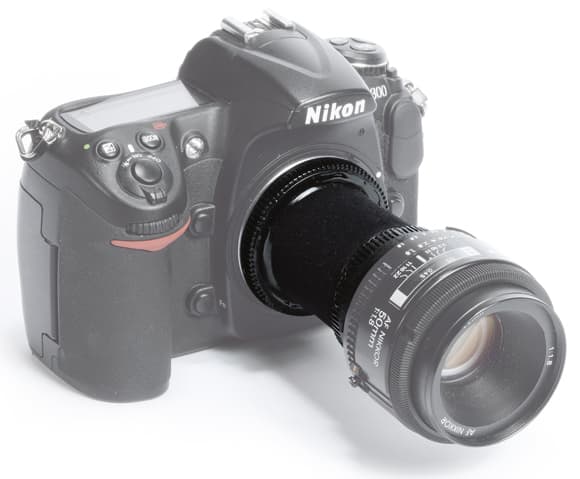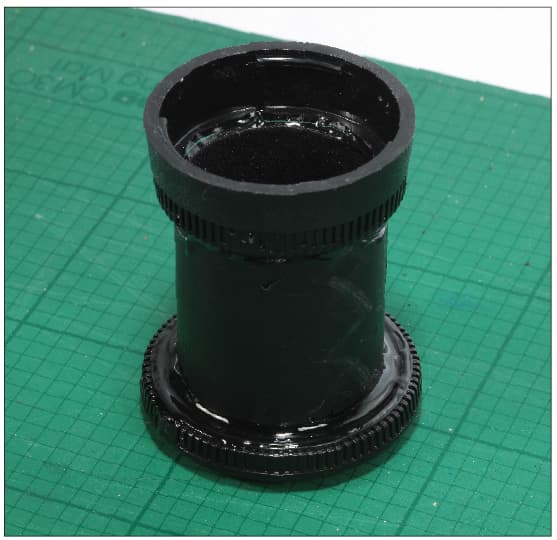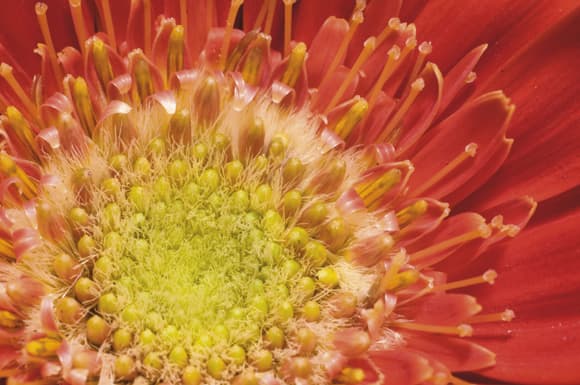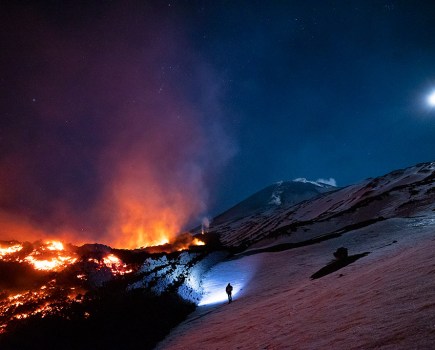Forget expensive macro accessories, you can make your own DIY extension tube using items you may have lying around at home.

The aim of an extension tube is to position a lens further from a film or sensor, to create a wider spread of light. Imagine moving a projector so far away from a screen that only a fraction of the image is projected onto the screen. This is, in effect, what is happening when you add an extension tube, as only a small area of the total image in front of the lens is captured on the sensor or film.
Extension tubes can range from being very basic to those that allow autofocus, metering and aperture adjustment. It is fairly simple to make an extension tube, although you won’t have any automated luxuries. You also need a lens that will allow you to have manual control of the aperture. One of the great things about the DIY design I am going to show you is that, with the appropriate rear lens cap, you can use it to fit any lens on your camera.

The DIY extension tube allowed me to photograph the fine detail on this flower
 Before you start
Before you start
You will need:
1 2in diameter PVC pipe
2 Rear lens cap
3 Camera body cap
4 Epoxy resin
5 Black cloth
6 Craft knife
7 Hacksaw
8 Drill
9 Sandpaper
10 Superglue
Skill required: Intermediate
Time to complete: 40 minutes
Cost: Around £5

1. Take your 2in diameter PVC pipe, and using a hacksaw cut it to the desired length of your extension tube. I have chosen a length of 5cm (around 2in). Use a mitre box to guarantee a 90° cut.

2. Sand the end of the pipe you have just cut to remove any loose or jagged areas. Also, use the sandpaper to slightly roughen the exterior of the pipe as this will help the epoxy resin adhere to it.

3. Cut a piece of black cloth, preferably velvet or flocking material, the same size as the inside of the tube (in this case 5x15cm). Make sure you choose a material that won’t shed and leave fluff inside your camera.

4. I used a black velvet-like material that was sticky on one side. You may be able to find a similar fabric from a craft shop. If not, use glue or double-sided tape to stick the fabric to the inside of the tube to help prevent light reflecting inside.

5. Cut the centres out of both a rear lens cap and body cap appropriate to your camera. This is best achieved using either a rotary tool (pictured) or a drill and a craft knife. Again, sand any rough edges and remove any spurs.

6. Using the epoxy resin, glue both the body cap and rear lens cap to either end of the tube. Make sure the caps go the correct way round, so that the finished tube can be placed on the camera and a lens can be attached to the other end.

7. Leave the resin to set. If possible, try to keep it carefully clamped together. It may take a few hours, or even overnight, before the resin sets securely enough for the extension tube to be used. Be sure to remove any dust and debris before attaching it to a camera.







